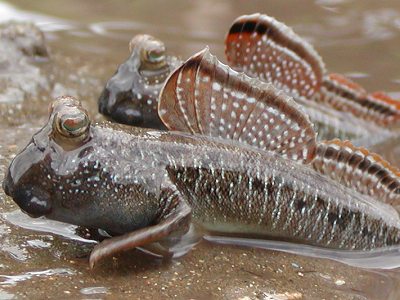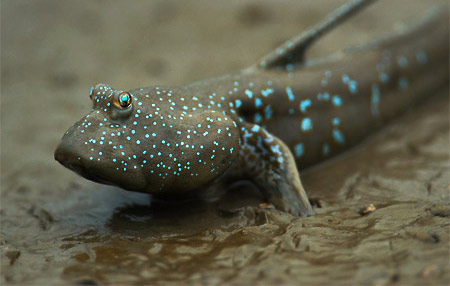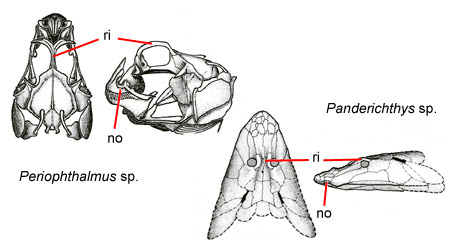

Last update: 26 May 2010

Custom Search
|
 Last update: 26 May 2010 |
||
|
"One foot in the sea, and one on shore, The vernacular name of 'mudskippers' (or 'mudhoppers')
is used for several related species of fishes (Teleostei, Gobiidae, Oxudercinae: see also Systematics & Biogeography), characterised by peculiar amphibious
habits. |
 |
 |
|
|
Within
the subfamily Oxudercinae there exists a gradual continuum of specific complexes of adaptations
to the amphibious lifestyle. |
|
 |
|
|
This precious natural legacy is currently
threatened by human demographic expansion, exacerbated by the recent trends of the global economy. |
 Tsunami disaster after destruction of
the coastal protective belts of mangrove forests. Banda Aceh, Indonesia,
2005 |

All content on this website (including text, photographs, and any other original works), unless otherwise noted, is licensed under a
Creative Commons License